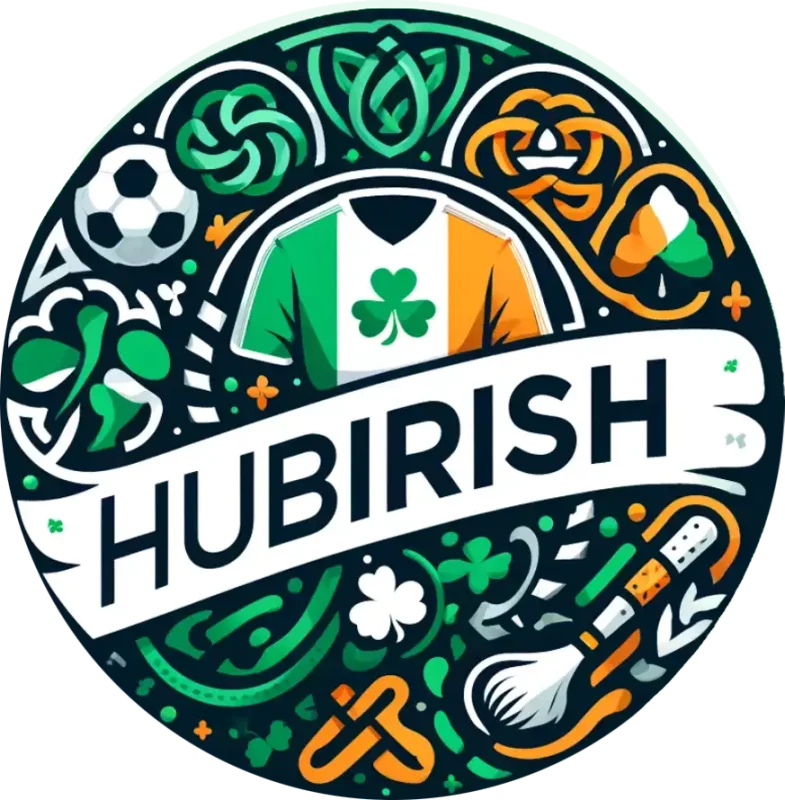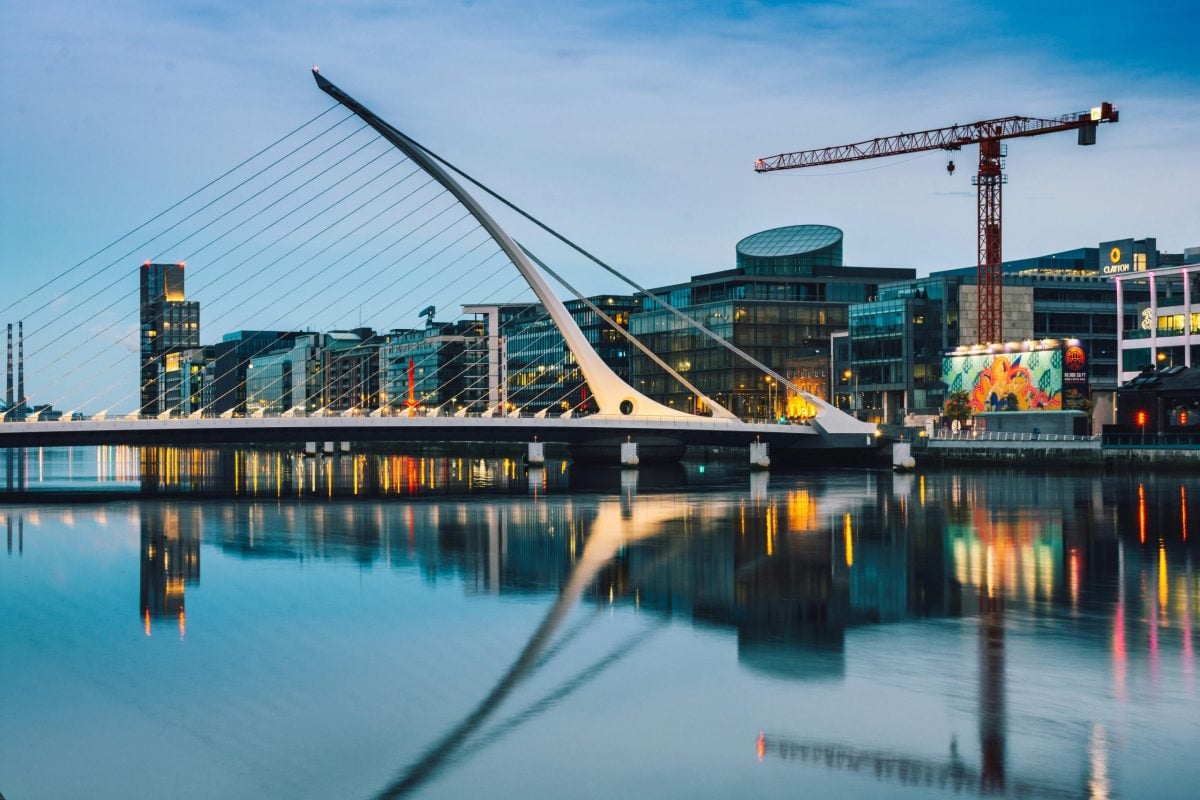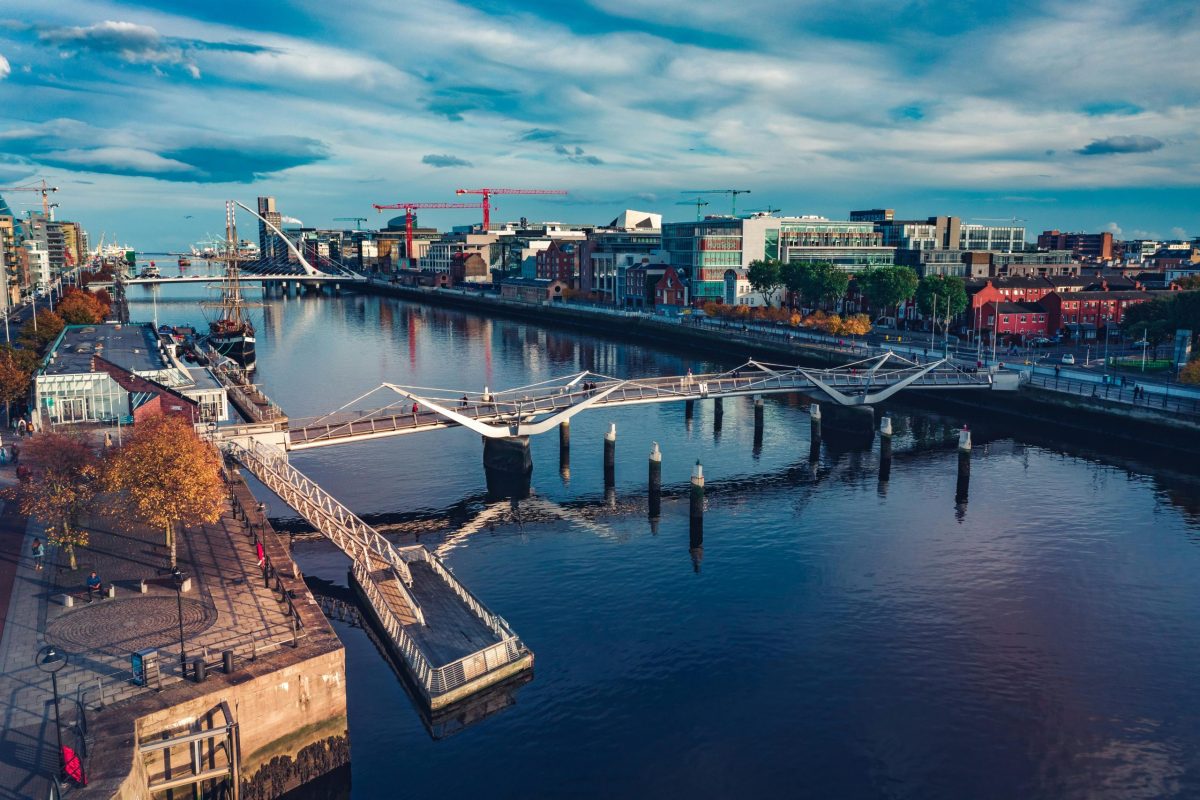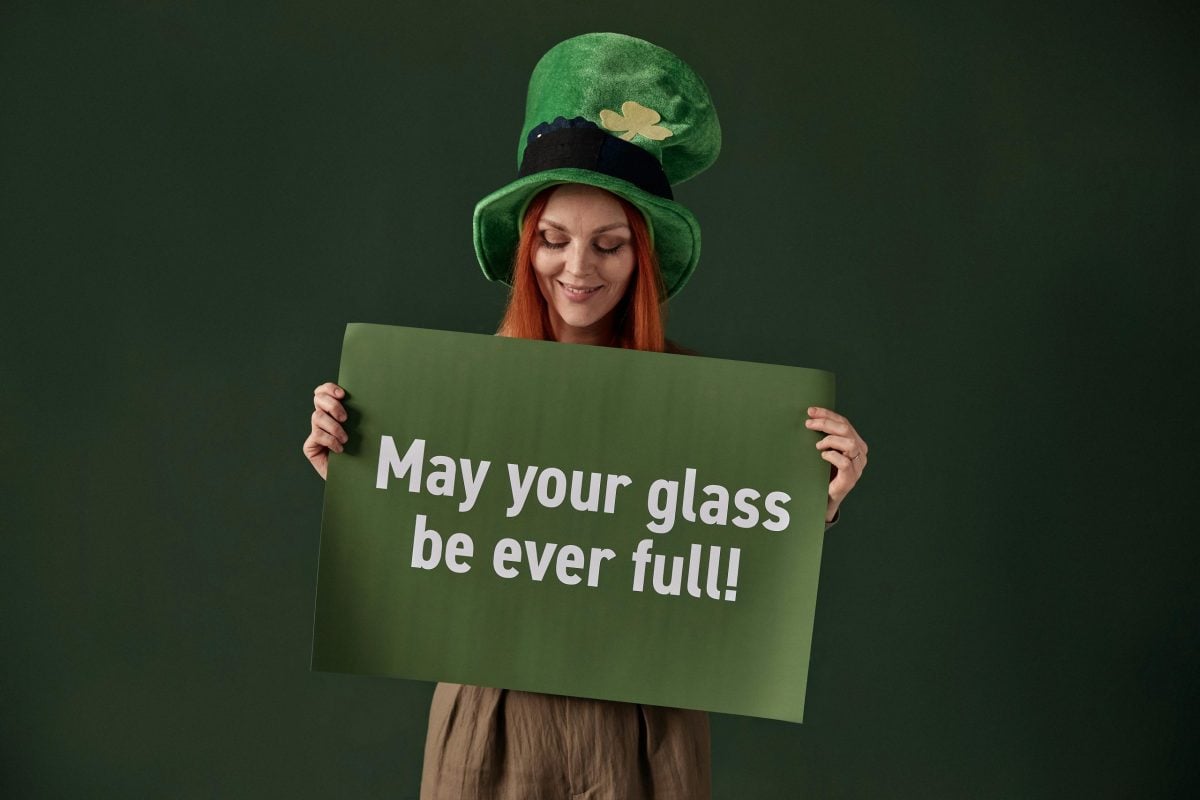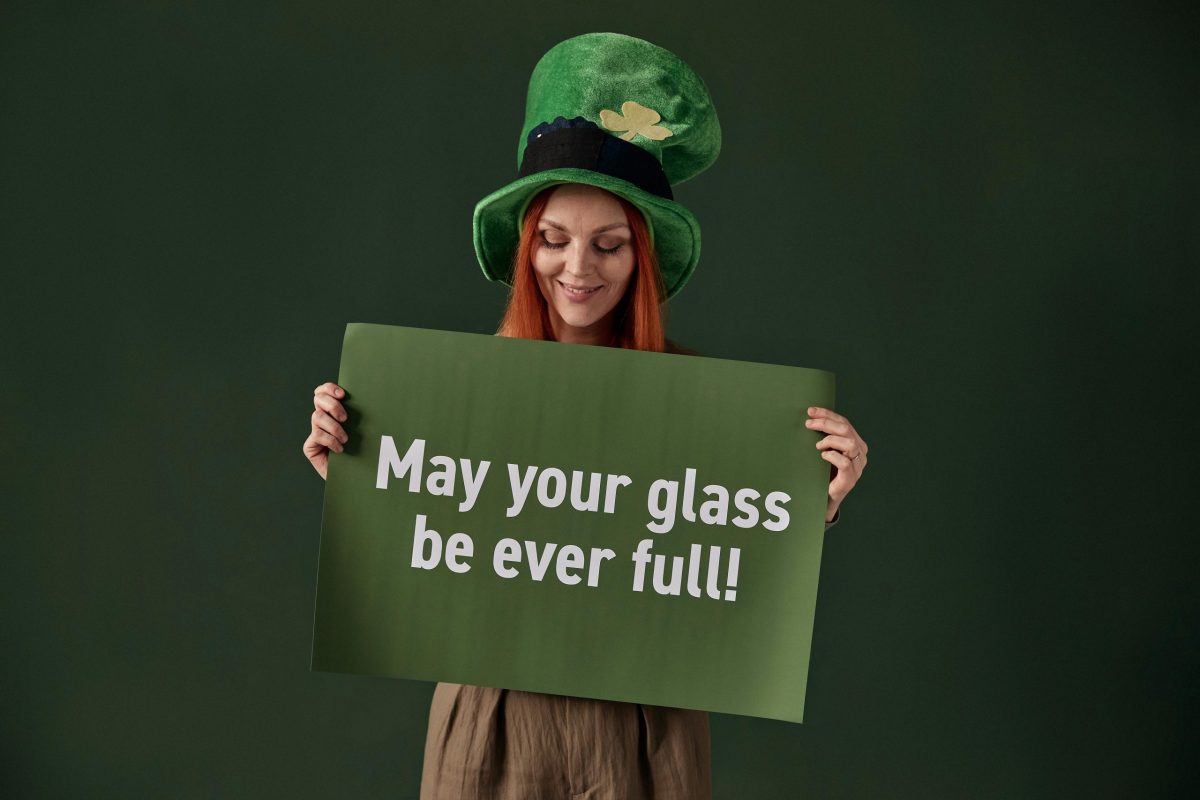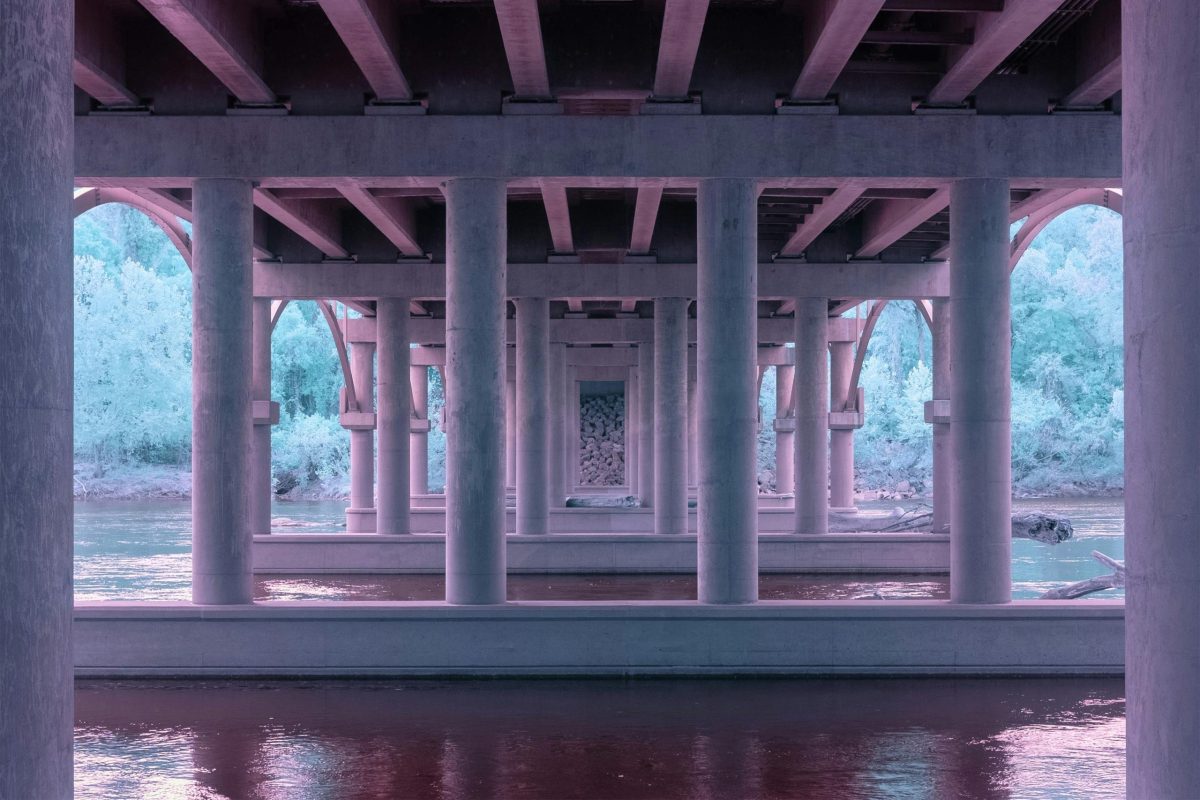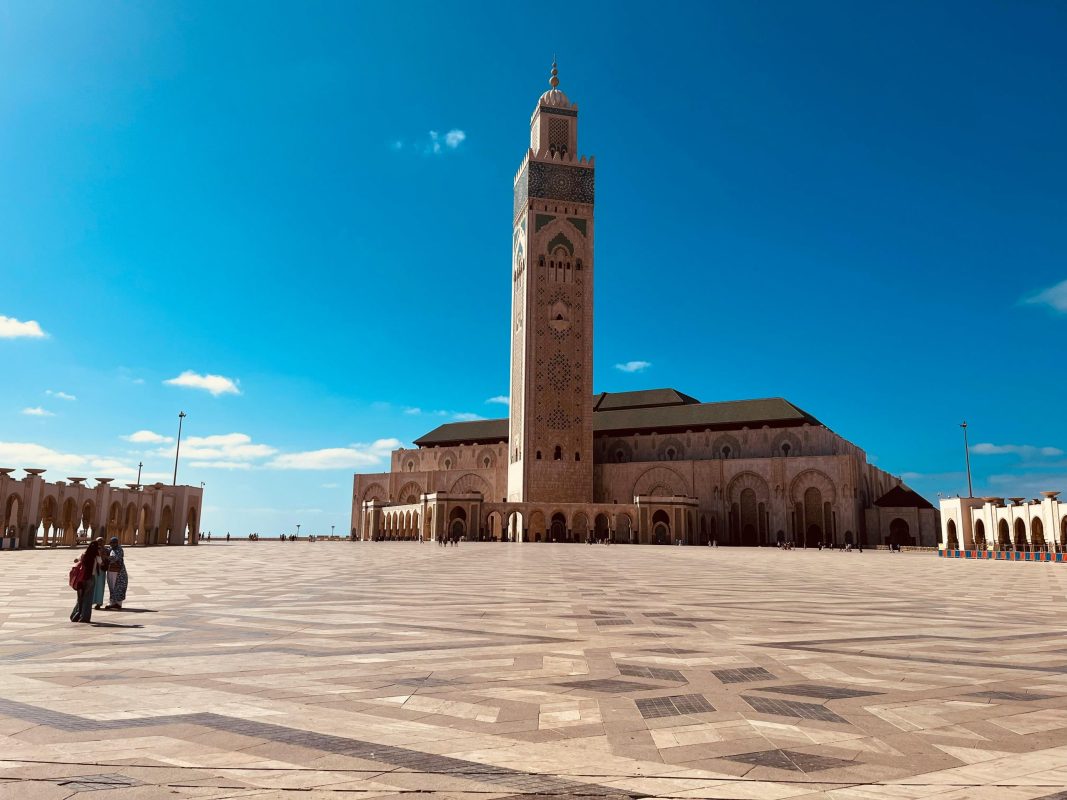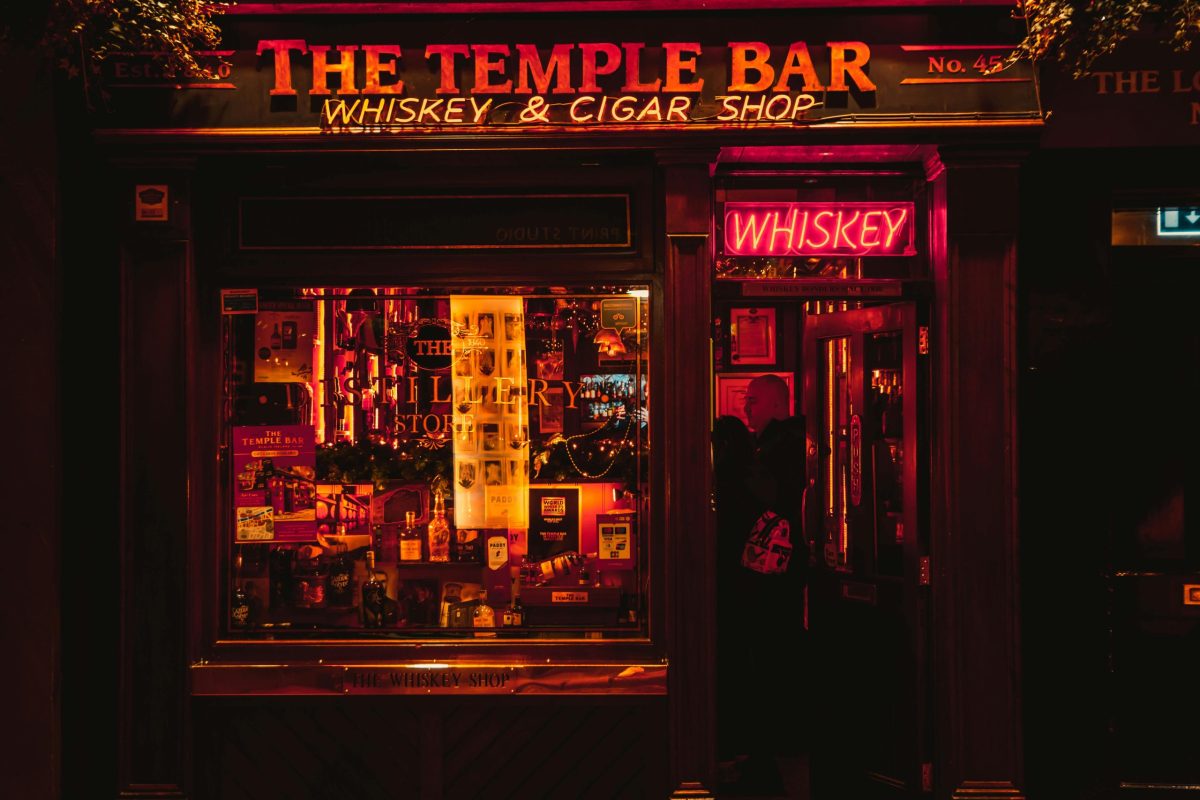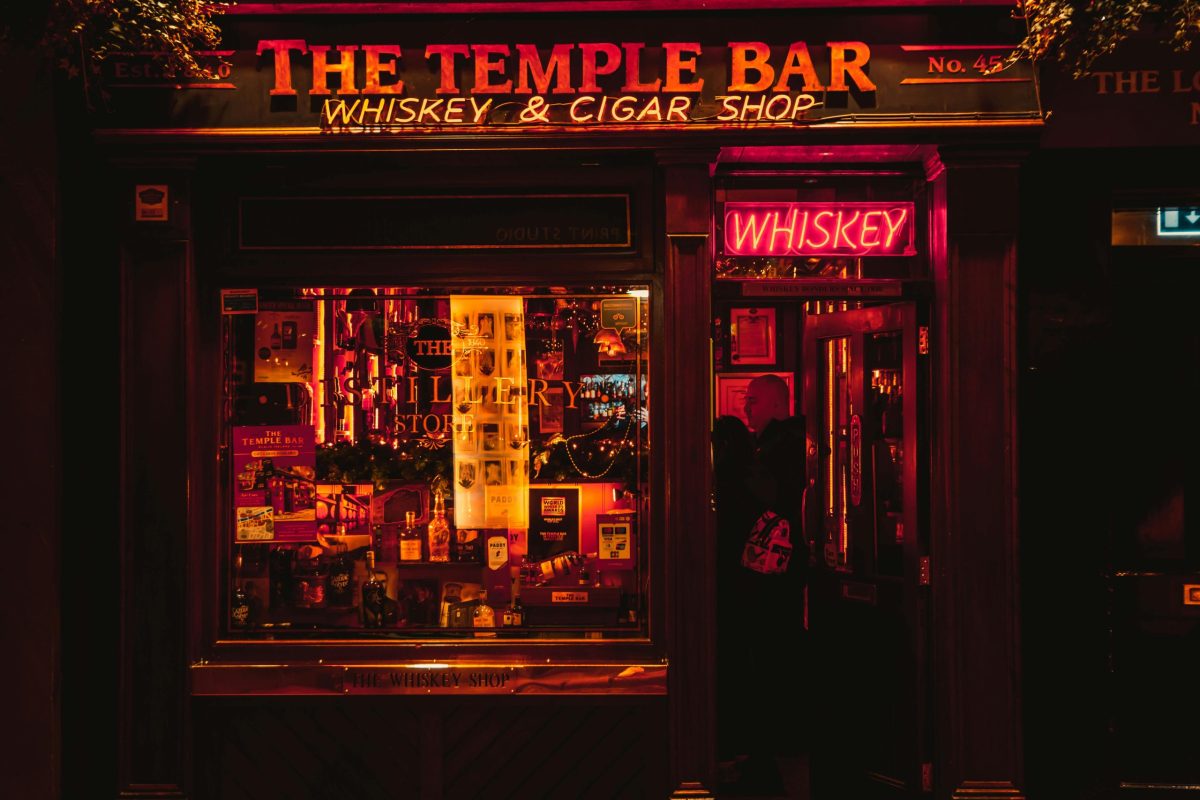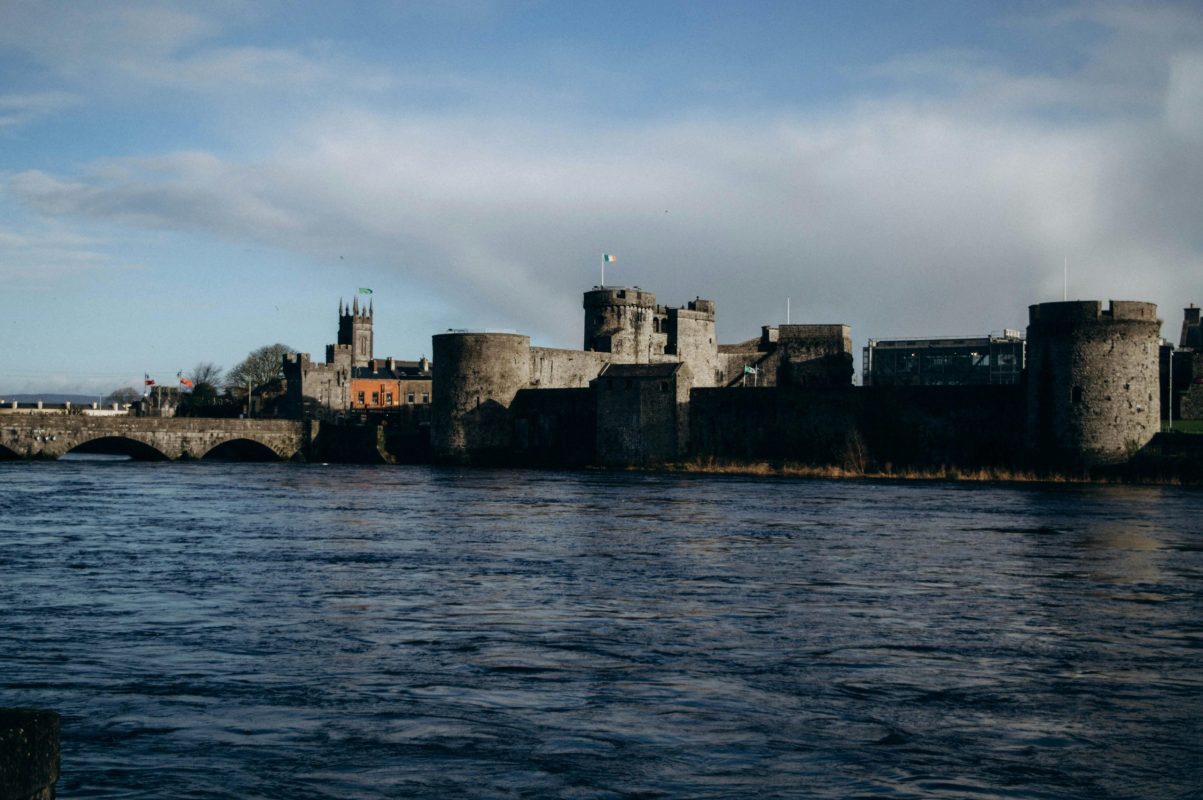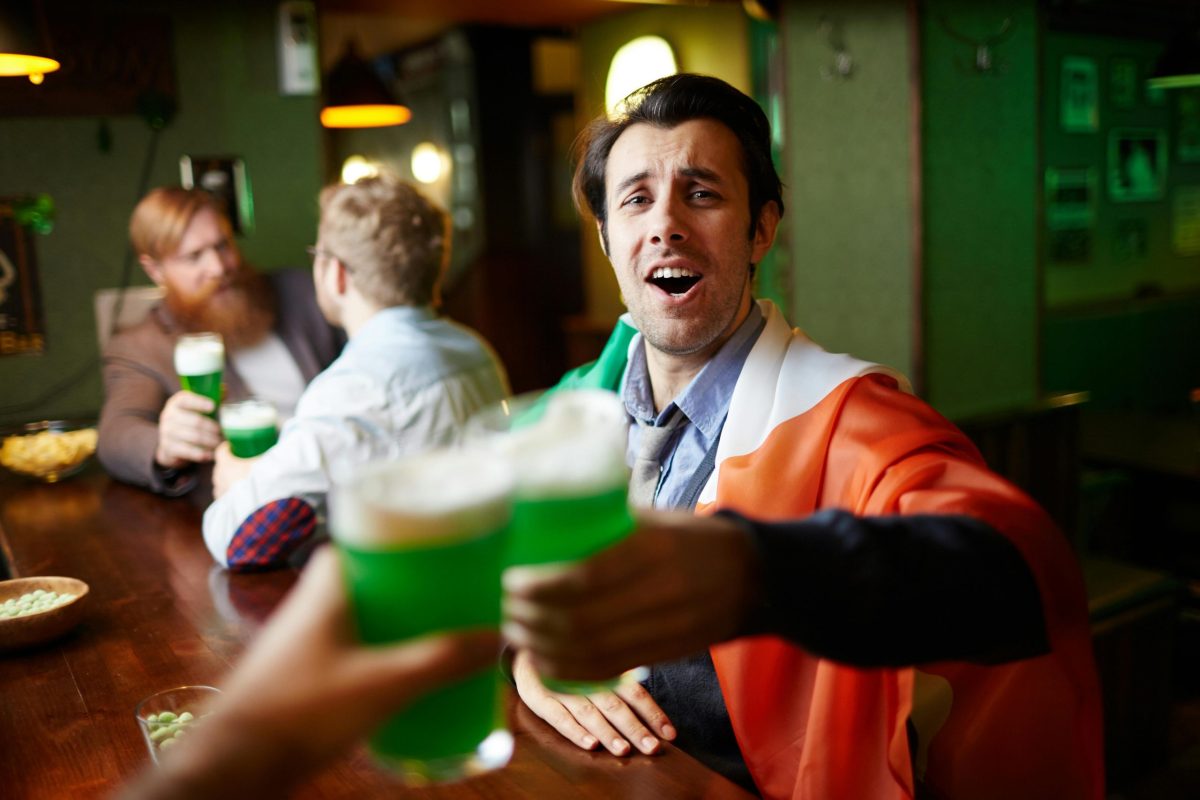From Raids to Rebellion: The Forgotten Story of Ireland’s Brave Female Warriors
Estimated reading time: 7 minutes
Key Takeaways
- Grace O’Malley was a formidable pirate and military leader.
- Women played vital roles in key historical events like the 1916 Rising.
- Modern women are inspired by the legacy of their historical counterparts.
Table of Contents
Introduction
The Heart of the Story
The Wider Echo
The Now & The Next
Did You Know?
FAQs
Final Word
Introduction
Come sit a while, my friends, and let me sing you a tale, not of gods or kings, but of the daughters of Erin, fierce and fearless. These women stood steadfast in the storm, forged in the fires of rebellion and raids, carrying the weight of a land that pulsed with the beat of their heart. From the wilds of Connacht to the bustling streets of Dublin, they are the unsung heroines who, under the shadows of history, fought for the freedoms we now sometimes take for granted. Ah, it’s time we etch their names back into our hearts.
The Heart of the Story
Picture if you will, the mist curling around the hills of Galway, where the echo of women’s war cries once danced on the wind. In the 16th century, in the realm of the Gaelic lords, women like Grace O’Malley—Granuaile herself—commanded fleets and forged alliances. A formidable pirate, she did not shy away from battle; she welcomed it with the fierceness of a lioness protecting her pride. Ah, what stories her sails could tell! How many English ships failed against her cunning and strength? She didn’t just defend her shores; she sent waves of fear into the hearts of colonizers. Granuaile embodied the spirit of rebellion; she was a mother, a warrior, a legend. And every time our history speaks of valor, let us ensure her name dances amongst those greats.
The Wider Echo
But let’s not stop there, for the land of a thousand tales is richer than just one. Remember the stories of the 1916 Rising, where women fought alongside men, crafting the narratives of our nation’s struggle. The likes of Constance Markievicz, who held her position in the fight for freedom yet faced the walls of prison like a true soldier. Women’s voices have always resonated within our shared struggle. In truth, we are but echoes of those who came before, and how poignant it is to know that their courage paved the way for the rights we cherish today. With each tick of the clock, their silent sacrifices are the heartbeat of our present democracy, one we must nurture and remember.
The Now & The Next
Today, as we navigate through the maze of modernity—housing crises, identity issues, and political upheaval—it’s vital to claw back those tales, those legends of yore. A young girl in a Kerry jersey dreams not just of playing on the pitch but of leading her team to victory, her courage fueled by the whispers of the fierce warriors of our past. The gendered barriers are bravely being dismantled, just like they were in centuries past. Young women are embracing roles once deemed unfitting, and like the Granuaile’s of our nation, they too are carving their legacy, etching their names into the annals of history.
Did You Know?
- Grace O’Malley was a contemporary of Queen Elizabeth I, but while one ruled by royal decree, the other wielded power through fear and respect on the high seas.
- Women played a crucial role in the 1916 Easter Rising, with many serving as medics and messengers, reminding us that while history often paints the heroes as men, the truth is far more nuanced.
FAQs
Why were women important in Irish history?
Women were not just bystanders in Ireland’s tumultuous past; they were warriors, strategists, and advocates for freedom. Their contributions, often overshadowed, were vital in shaping our identity. Dive deeper into our rich history through GAA jerseys that honor these fierce females and the spirit of Ireland.
How can I teach my children about these incredible women?
Share the stories, the legends! Turn your storytelling into lively discussions at dinner, make it a tradition to celebrate these women, their strength, and their indomitable spirit. Kids love tales of bravery just as much as they adore wearing their GAA jerseys while kicking a ball around!
Final Word
So, there you have it, dear friends—a tapestry woven with the threads of bravery, resilience, and spirit. Celebrate the women, the warriors who shaped not just Ireland’s past but paved the way for our future. And remember, every time you pull on a jersey, feel their strength brewing within you. If you carry the same pride we do, you’ll find a piece of home waiting at HubIrish.com.
